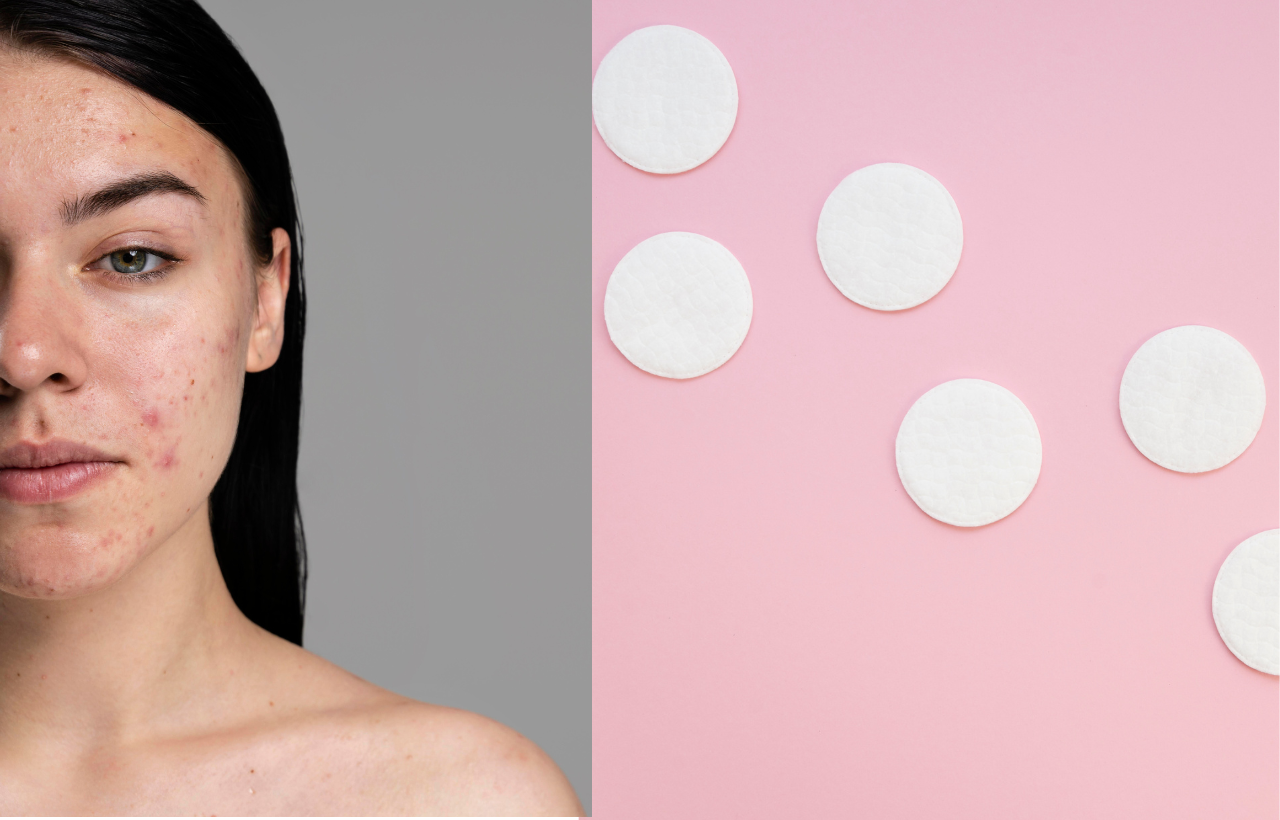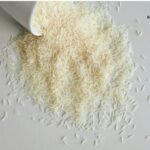Now Reading: Benadryl for Migraine Relief: Unpacking Myths and Realities
- 01
Benadryl for Migraine Relief: Unpacking Myths and Realities

Benadryl for Migraine Relief: Unpacking Myths and Realities
Introduction
Migraines are not just ordinary headaches—they are intense, often debilitating neurological events that can disrupt daily life. Many individuals frustrated by recurring migraines experiment with different remedies, including over-the-counter solutions. One such remedy that frequently sparks debate is Benadryl for Migraine relief. But does this common antihistamine really help, or is it simply a myth? In this post, we explore the science, expert opinions, and real-world experiences behind using Benadryl as a potential solution for migraine relief. We’ll look into its benefits, drawbacks, and how it compares with alternative treatments to give you a comprehensive understanding of its place in migraine management.
What Is Benadryl?
Benadryl contains the active ingredient diphenhydramine, making it a first-generation antihistamine. It is primarily known for its effectiveness in treating allergy symptoms, such as sneezing, runny nose, and itching. The medication works by blocking histamine receptors, which are key to the body’s allergic response system. Additionally, Benadryl’s sedative properties often lead it to be used as a sleep aid. Despite its widespread usage for allergies, some individuals have turned to Benadryl for Migraine relief because of its additional effects, including helping the body relax and potentially calming an overactive nervous system during a migraine attack.
Why Consider Benadryl for Migraine Relief?
There are several reasons why people might choose Benadryl in their search for migraine relief:
- Histamine Blockade: Some migraines are believed to be triggered or worsened by histamine. Histamine intolerance or an overproduction of histamine in the body may lead to headache symptoms. Therefore, blocking histamine with Benadryl could theoretically alleviate migraine pain in certain cases.
- Sedative and Relaxation Effects: Migraine sufferers often experience heightened stress and struggle with sleep during and after an attack. The sedative qualities of Benadryl help induce sleep and promote relaxation, which can be beneficial for recovery during a migraine episode.
- Emergency Migraine Cocktails: In some clinical settings, Benadryl is included in a mix of medications aimed at quickly reducing severe migraine symptoms. Its inclusion in these “migraine cocktails” underscores its potential role in a multi-faceted treatment approach.
Using Benadryl for Migraine relief may not work for everyone, but understanding these underlying reasons can help migraine sufferers discuss options with their healthcare provider.
Scientific Insights and Expert Perspectives
The scientific community remains divided on the efficacy of Benadryl for migraine relief. Most research on migraines focuses on treatments that directly impact the complex pathways responsible for migraine pain—such as serotonin receptors and neurogenic inflammation. Benadryl, on the other hand, primarily targets histamine receptors and the central nervous system’s sleep centers.
Recent studies have indicated that while antihistamines might reduce symptoms in individuals with histamine-triggered migraines, the overall evidence does not support Benadryl as a standalone, long-term solution for most migraine sufferers. Expert opinions generally recommend caution, emphasizing that while it may offer temporary relief by inducing rest, it does not address the underlying pathophysiological mechanisms of migraine attacks. Therefore, it should not replace established migraine therapies.
Real-World Experiences and Case Studies
Anecdotal evidence from migraine sufferers offers mixed results when it comes to using Benadryl for Migraine relief. Some report that taking Benadryl at the onset of a migraine helps lessen the intensity of their headache and allows them to rest. Others, however, find that while it induces sleep, it does not reduce the pain or the frequency of attacks.
Case studies in clinical settings have occasionally showcased the benefit of including Benadryl in combination treatments (known as migraine cocktails) in emergency environments. However, the temporary sedation induced by Benadryl does not offer a permanent solution, and reliance on it may obscure the benefits of other, more effective treatments. This variability in outcome underscores the need for personalized medical advice.
Potential Risks and Side Effects
Before opting for Benadryl for Migraine relief, consider both its potential benefits and its possible risks:
- Excessive Drowsiness and Impaired Function: The sedative effects can be double-edged. While they may help induce sleep, they also can significantly impair daytime activities.
- Dry Mouth, Dizziness, and Cognitive Effects: Recipients may experience side effects like a dry mouth, light-headedness, or even temporary memory issues.
- Tolerance Over Time: Regular use can lead to a decrease in effectiveness, meaning that more of the medication might be needed to achieve the same effect.
- Not Targeting Migraine Triggers: Unlike targeted medications such as triptans or CGRP inhibitors, Benadryl does not address the fundamental biological processes of a migraine, which may lead to recurring symptoms.
Alternative Treatments for Migraine Relief
If you find that Benadryl for Migraine is not providing adequate relief, consider exploring these alternatives:
- Prescription Medications: Triptans, beta-blockers, and CGRP inhibitors are specifically designed to combat migraines by targeting the underlying biological mechanisms.
- Lifestyle Modifications: Changing dietary habits, reducing stress through meditation or yoga, and ensuring proper sleep hygiene can significantly alleviate migraine symptoms.
- Natural Remedies: Supplements such as magnesium, vitamin B2, or herbal treatments like feverfew have shown promise in easing migraine severity.
- Other Over-the-Counter Options: Medications like ibuprofen or acetaminophen, sometimes combined with caffeine, often provide more effective and targeted relief.
Key Takeaways
- Benadryl for Migraine might help in niche cases, especially for histamine-related migraines, but it is not a substitute for dedicated migraine treatments.
- The sedative effects of Benadryl might offer temporary relief, particularly when rest is needed during a migraine attack.
- There is limited scientific support for the routine use of Benadryl as a primary migraine treatment, and its benefits vary widely among individuals.
- Exploring additional, targeted therapies and lifestyle changes remains essential for effective long-term migraine management.
- Always consult your healthcare provider before introducing new treatments into your routine.
Conclusion
While Benadryl for Migraine relief might hold promise for a subset of migraine sufferers, it should be seen as an adjunct rather than a definitive treatment. Understanding the benefits and limitations of Benadryl is crucial for making informed choices about migraine management. For those frequently sidelined by migraines, a combined approach incorporating both medical treatment and lifestyle modifications may provide the lasting relief you need.
Disclaimer: This article is for informational purposes only and should not be considered medical advice. Always consult a healthcare professional before starting any new treatment for migraines.











